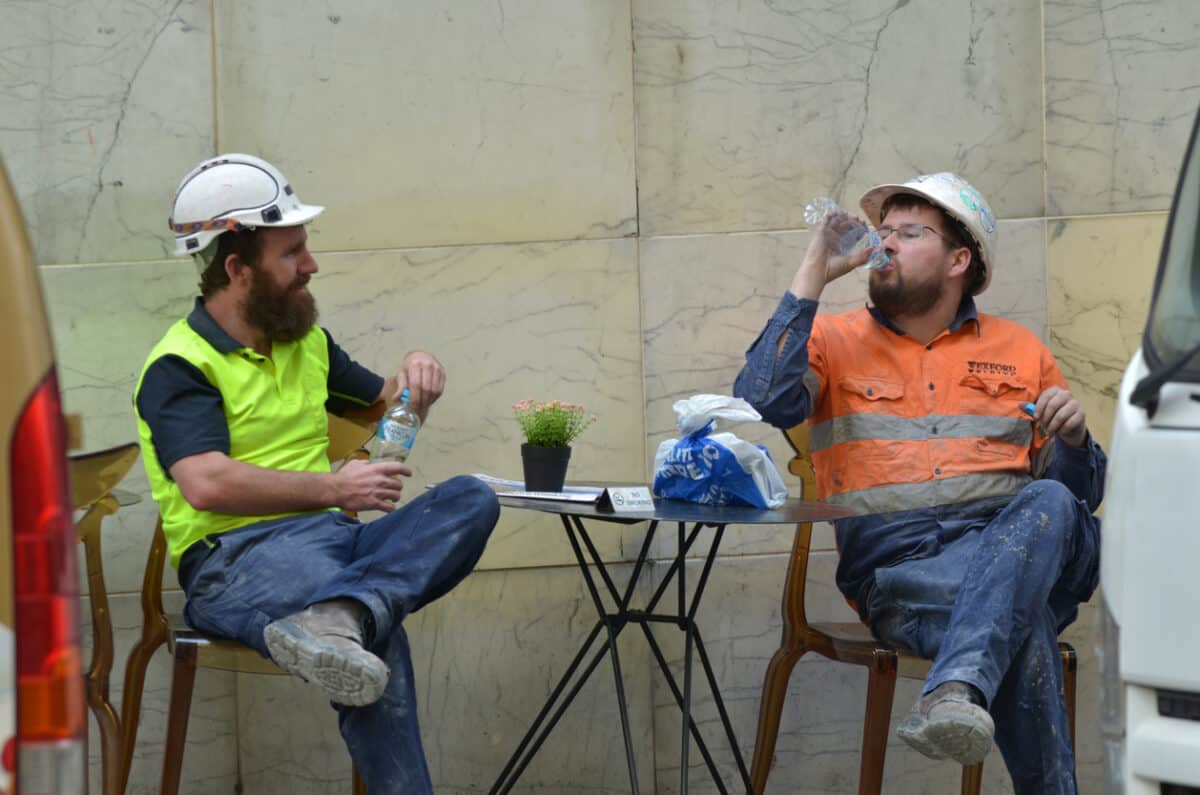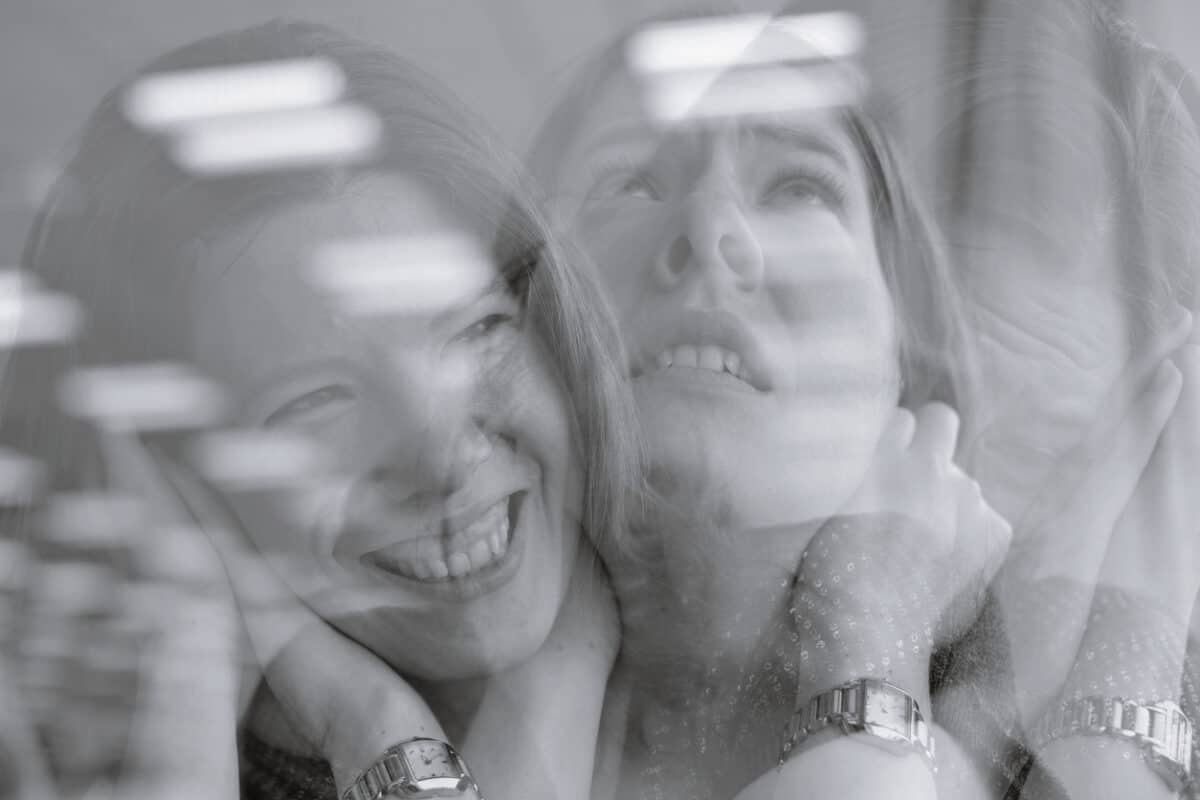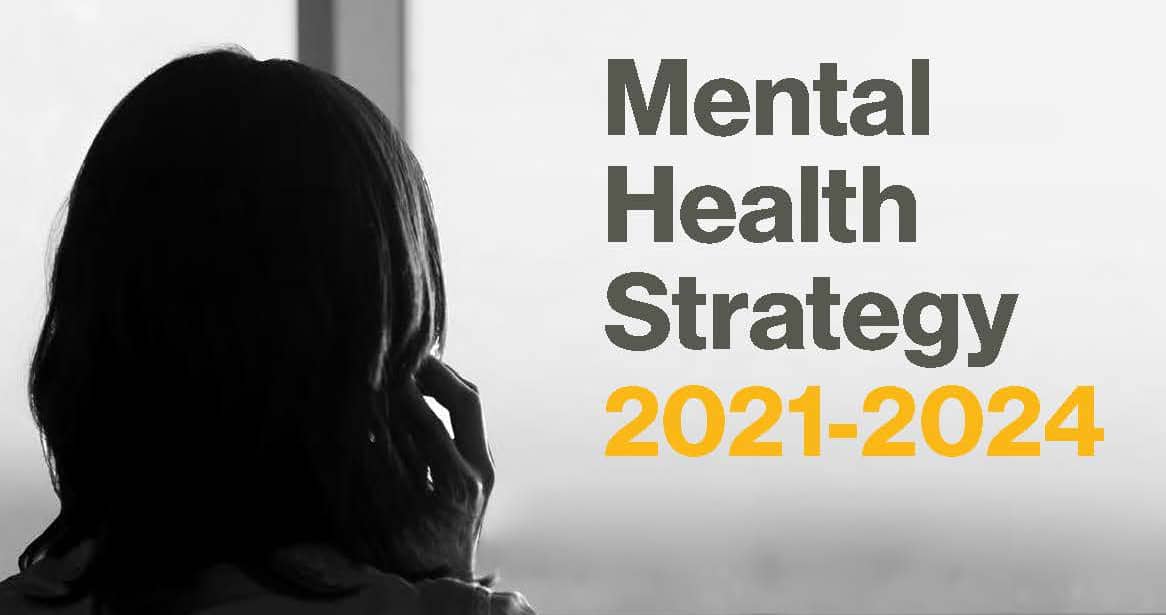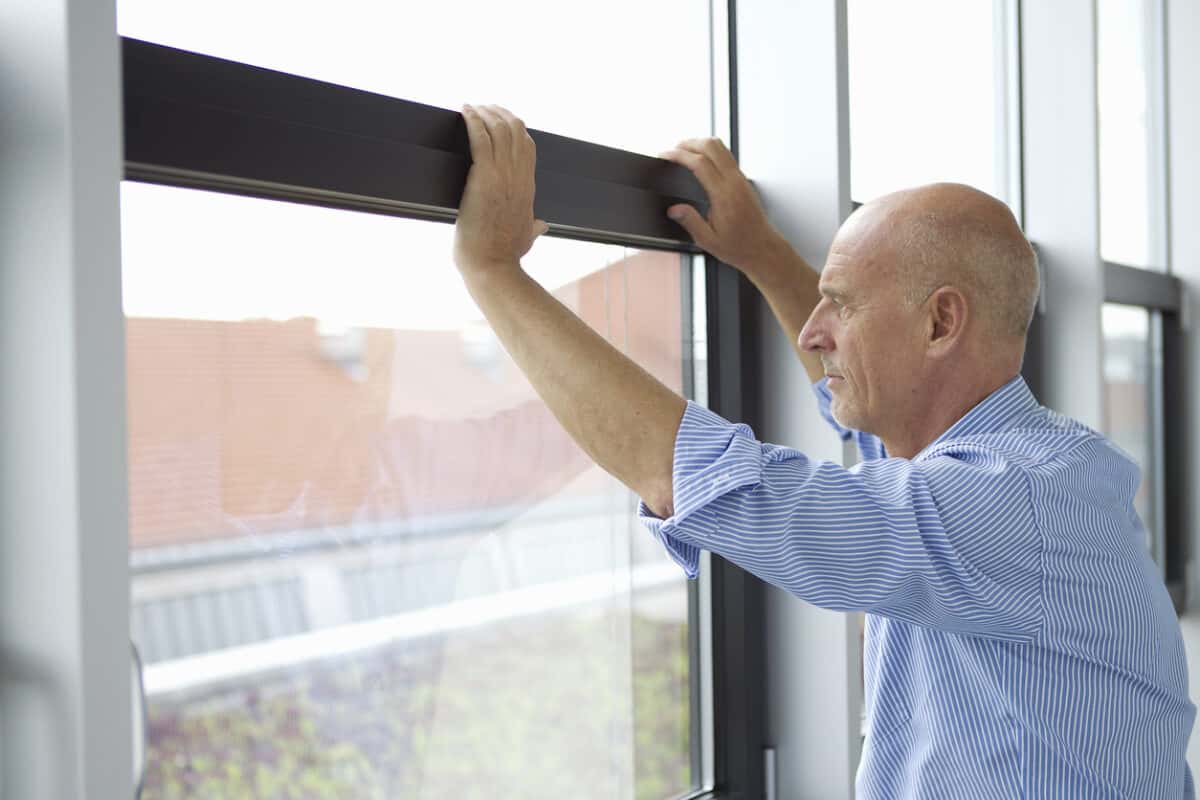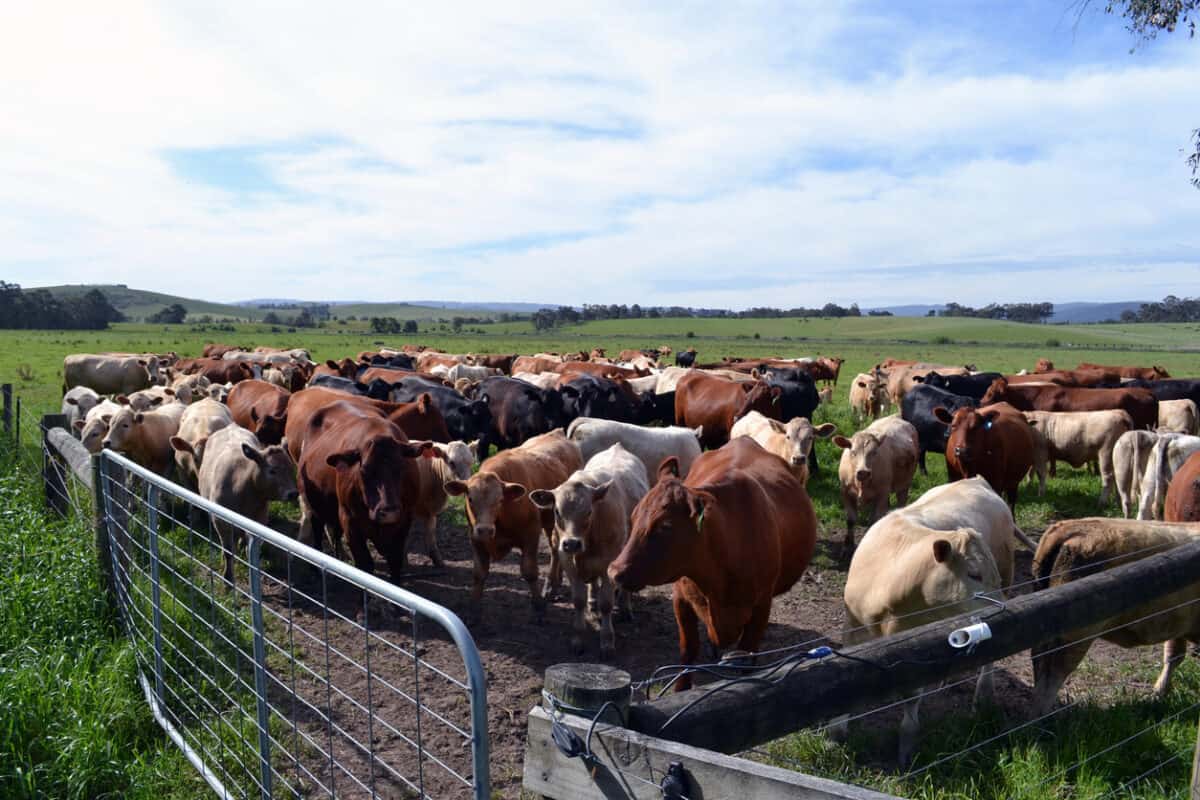An analysis of the safety culture in Australia’s construction industry was launched in October 2021 by a coalition of construction companies under the Construction Industry Culture Taskforce rubric. The Report proposes some interesting and significant changes including capping the working hours to no more than 50 hours and no weekend work. This suggestion is of enormous significance as it challenges the statements of many construction companies of worker safety being their highest priority.
Category: design
Reluctance to address mental health notifications
Another example of the unwillingness of occupational health and safety (OHS) regulators feeling able to affect change in workplace mental health by looking outside the workplace is the United Kingdom’s Health & Safety Executive (HSE). Sadly this position contributes to unnecessarily stigmatising a legitimate workplace hazard.
On a recent episode of the Safety and Health Podcast on workplace suicides, Professor Sarah Waters said:
“Unlike other countries, unlike France, unlike the US, unlike most European systems, suicide, even where there are clear links to work is pretty much treated in the UK context as an individual mental health problem, there tends to be a denial on the part of the HSE on the part of other public agencies, that there is a link between suicide and work.”
WorkSafe Victoria’s new Mental Health Strategy is good but constrained
WorkSafe Victoria has launched a “Mental Health Strategy” aimed at preventing mental health at work. It is a good strategy that is hampered by its jurisdictional constraints. There is plenty of evidence on the causes of mental ill-health at work and what is required to prevent this hazard. Many of these controls exist outside the workplace, beyond the realm of any one government organisation, so it is disappointing that the Victorian Government did not release a Statewide mental health plan, especially as it has a Minister for Mental Health in James Merlino.
Ventilation is an obvious COVID-19 control but could be a bugger to use
Vaccines are currently the most effective tool available to minimise the spread of COVID-19 to large populations. Fortunately, effective vaccines have been able to be manufactured at such a rapid pace. But previous pandemics have not had vaccines and have had to rely, primarily, on hygiene and isolation. Part of the hygiene practice was to ensure that buildings were well-ventilated. Ventilation actions on COVID-19 were part of Europe’s response to the pandemic in 2020, but Australia has only just started to accept the need for improved ventilation as it was very late to the risks of aerosol transmission.
As vaccinated workers return to workplaces in many of Australia’s urban centres, employers will need to assess their occupational health and safety (OHS) duties in new ways, and ventilation will be a significant challenge.
More OHS information on Midfield Meats
Recently The Monthly magazine took a close look at the labour practices of Midfield Meats (paywalled), a major Warrnambool company and meat exporter that had been, yet again, successfully prosecuted by WorkSafe Victoria. There are workplace safety elements to The Monthly’s story that were not as prominent as other issues and there were some questions for companies and governments that have supported Midfield in the past.
Australia gets serious on psychological health at work
Below is an article written by Carlo Caponecchia and published originally on May 25 2021. Caponecchia is a leading figure in workplace psychological hazards and strategies. The article is reproduced with permission.
Employers are about to ramp up their efforts to protect mental health at work.
Last week, workplace health and safety (WHS) ministers from around Australia agreed to changes that will formalise what’s expected of employers in relation to mental health in Regulation.
These changes respond to a review of the model WHS laws by Marie Boland, former Executive director at Safework South Australia. The model WHS laws are a “blueprint” used since 2011 to make safety laws more consistent across the States and Territories.
Continue reading “Australia gets serious on psychological health at work”Resilience = the enemy of the Duty of Care
Last year Professor Michael Quinlan and Dr Elsa Underhill wrote about how precarious work arrangements had contributed to the spread and prevalence of COVI19 in Australia and its workplaces. Soon Australia’s Treasurer, Josh Frydenburg, will announce his 2021-22 Budget strategy. It is forecast to include big government spending and in many different areas of Australian industry, but the economy and Australians’ health may be better served by addressing the precarious employment structures on which more and more businesses rely and about which the Government seems disinterested.
In the latest edition of Griffith Review (no. 72), Angela Smith looked at how embedded precarious work is in Australia’s economic rebound. She also looked at how the wellbeing and wellness industries compound the health and safety risks of this type of work in this time of COVID19.

